The Esteemed Gentleman Articles
Cravat? Ascot? What's The Difference And How To Style Them
Considered by some to be the grandad to the modern-day tie, cravats date back to the 17th century and have evolved from military use to modern day accent pieces for the dapper and sartorially minded.
Since their creation and initial rise to popularity, cravats have seen some variations and modifications, but the style has stayed relatively consistent with the original design.
In this article we will explain the differences between a cravat and an ascot and explain how they fit into men's style:
What Is A Cravat?
A cravat is an umbrella term for any and all types of neckwear including scarves, ties (neckties and bow ties), and ascots (for a more in-depth look at the different types of neckwear a gentleman can wear, read our ultimate neckwear guide.)
Depending on where you live, the terms 'cravat' and 'ascot' may be used interchangeably. Western counties use them interchangeably, while the British are picky regarding which is which.
The term 'cravat' was strongly associated with Croatian soldiers stationed in France during the Thirty Years War in the 1600s, who wore similar neckwear to today's pieces. Higher-ranking soldiers typically wore cravats made of silk and lace, while lower-ranked soldiers wore cravats made of cotton. 'Cravate' was a French mispronunciation of 'croate' (meaning Croatian), and thus the cravat was born.
News of the cravat spread rapidly, and soon noble Englishmen were adorning their necks with the finest fabrics they could afford. Some even began inserting pins and jewels into them, and these neckpieces became the predecessors of the formal ascots that rose to popularity in the 1880s.
What Is An Ascot?
A casual variation of the formal cravat, the ascot, or 'day cravat', can be made of various materials such as silk, wool, cotton, and linen, in a multitude of colours and patterns.
Ascots were popular during the golden age of menswear in the 1930s (Cary Grant is often viewed as the icon of the ascot) and again during the late 1960s mod movement in the UK, worn by musicians, actors, and the trend-savvy. Even Fred Jones from Scooby Doo wears one (although he really should tuck it in!)
Ascots have seen slight jumps in popularity since the 1960s but have been overshadowed by the modern necktie. For those who want to try something different and have the confidence to pull it off, then, an ascot can be a distinctive style statement.
What Does A Day Ascot Look Like?
Quality ascots are usually made of silk but can also be made from wool or linen. Silk and linen ascots are excellent for summer as they will keep you cool on hot days. Wool and cravats are generally thicker and should be reserved for the cooler months. Avoid fabrics like polyester or synthetics, as they will not hold their shape and may look tacky.
At a glance, telling the difference between an ascot and a regular tie is easy. While a tie only has one wide end, ascots have two (sometimes referred to as 'blades', 'points', or 'wings'). These two wide ends are distinctly wider than the ends of a tie.
A strip of fabric between the two points may contain pleats, which are mostly found on day cravats. These pleats help keep the ascot knot tied around your neck.
What Does A Formal Ascot Look Like?
Formal ascots, sometimes called 'dress cravats', are typically found in a single colour, often a neutral or pastel shade. The fabric may also feature a small pattern like houndstooth or herringbone. These types of ascots contain an inner lining which helps keep the knot in place.
Formal ascot knots are typically more intricate than their casual counterpart. The most popular knot for a formal ascot is a variation on a four-in-hand. These knots require more skill to tie and are sometimes kept in place with a decorative pin.
The formal ascot is not common but can still be found at The Royal Ascot horse racing event, or at some weddings where vintage formal attire is desired. Formal ascots, as the name suggests, are worn for formal occasions—typically with morning wear alongside a winged collar, full suit, and top hat—but NEVER at a black- or white-tie event.
Beau Brummell, pictured below, is said to have worn formal ascots frequently. He is also widely regarded as one of the most stylish men in history.
Are Ascots And Cravats Considered Formal Attire?
Yes and no. Depending on whether you are wearing a formal ascot or a regular ascot/day cravat, the level of formality will change drastically. A formal ascot is to only be worn at formal events, as the name suggests, while an ascot or day cravat can be worn dressed up or down.
If you are attending a black- or white-tie event, follow the dress codes as closely as possible. Formal business events and meetings also often have strict dress codes, unless you are the owner and can dress however you want.
If you are dressing semi-casually or leaning on the casual side of formal (like wearing bold patterned ties or bright pocket squares), consider incorporating a cravat for a pop of sophistication and as a nod to vintage style.
Are Ascots More Or Less Formal Than A Necktie?
A day ascot or dress ascot is considered less formal than a necktie. Since a tie is considered one of the most formal accessories a gentleman can wear, only topped by a bow tie at a black- or white-tie event, most other types of neckwear will be lower on the formality scale.
How Do You Style An Ascot?
If you are considering incorporating an ascot into your outfits, you can follow the same rules as you would for a tie. If you need any reminders, here are the basic rules:
- Never match your ascot and pocket square (this rule also applies to any style of neckwear).
- If you are going with a bold pattern on one accessory, subdue the other.
- Try to complement colours (pick out a secondary or tertiary colour from one and make it the main colour in the other). We wrote an entire article on understanding and using the colour wheel, which will aide you when it comes to determining which colours work best for your wardrobe.
Summary
One could say that all ascots are cravats but not all cravats are ascots, just as all scotches are whiskies but not all whiskies are scotches. If you are looking for a bold statement piece, consider adding a cravat to your outfit.
You'll stand out from the crowd, and it makes for a great conversation piece. Even if people don't remember your name, they'll know you as the guy wearing an ascot in a sea of ties.
October 18th is Cravat Day in Croatia. If you happen to be visiting Croatia on that day, or want to celebrate remotely, wear a cravat of your choice and join in the festivities!
When you subscribe to the article, we will send you an e-mail when there are new updates on the site so you wouldn't miss them.

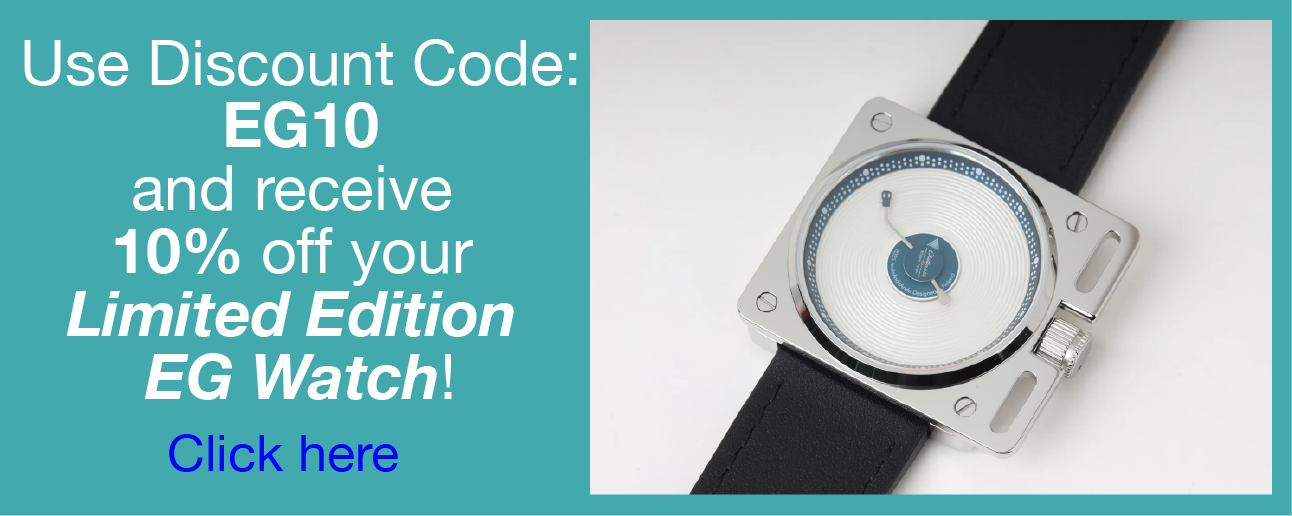
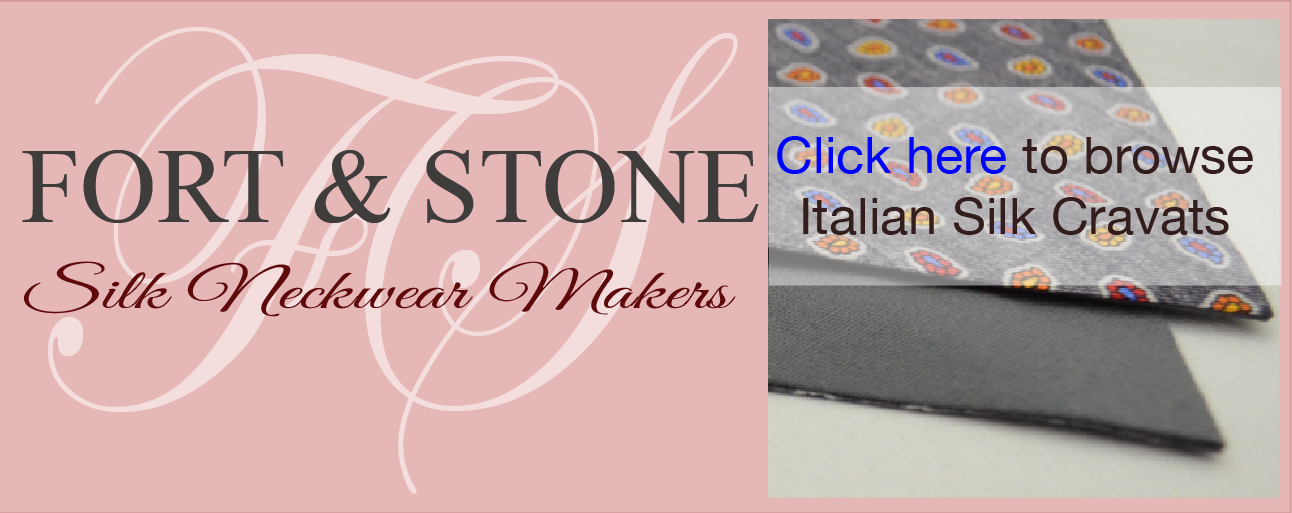
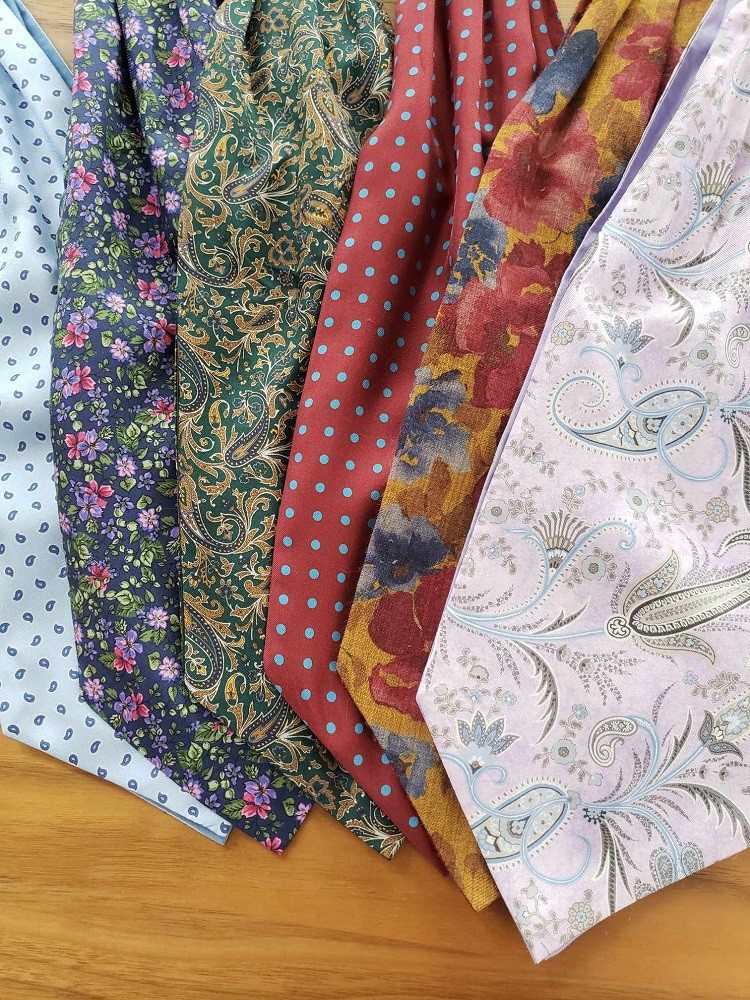
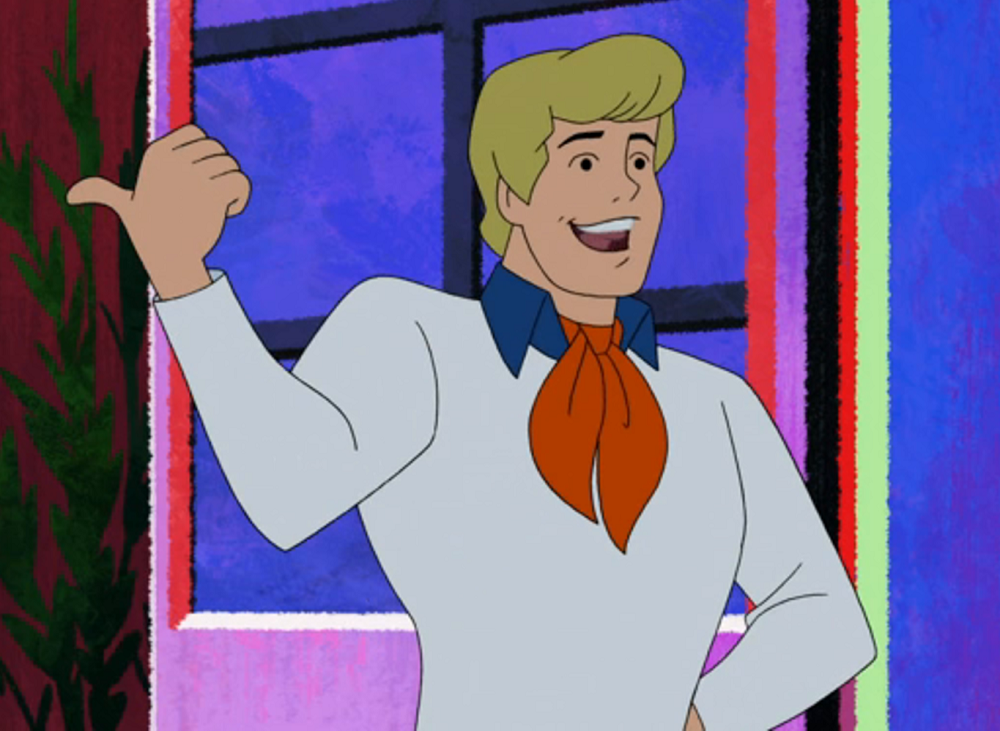
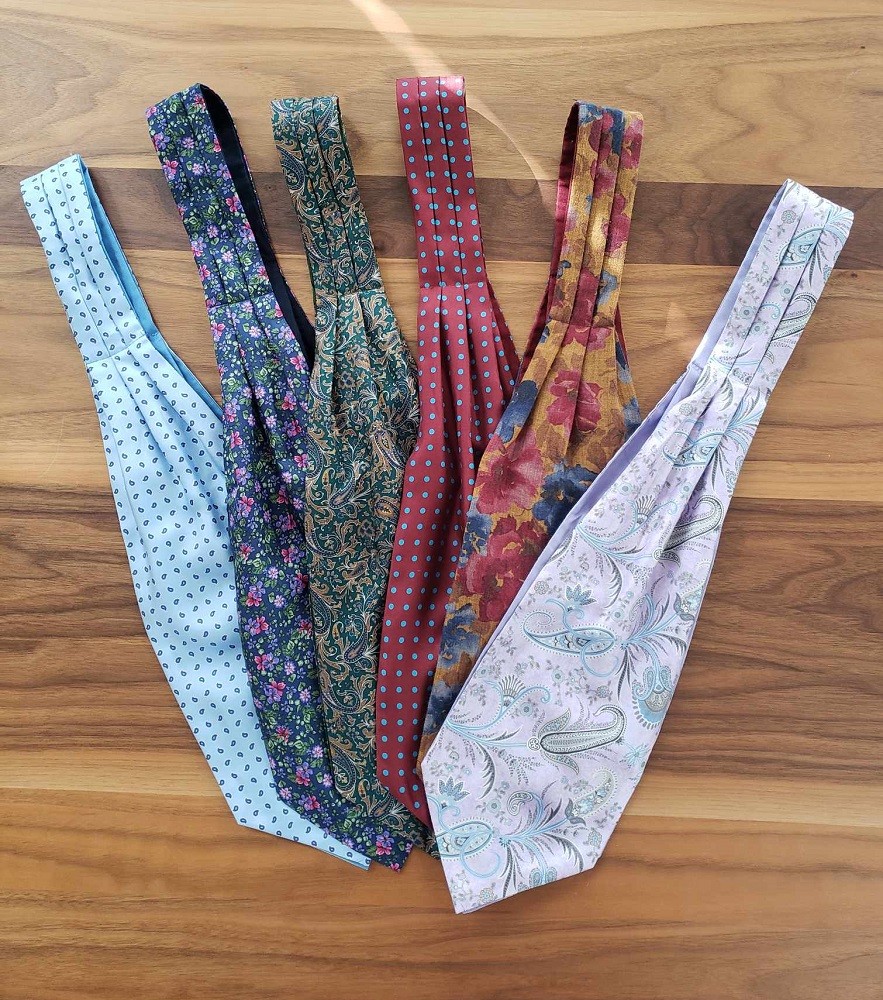
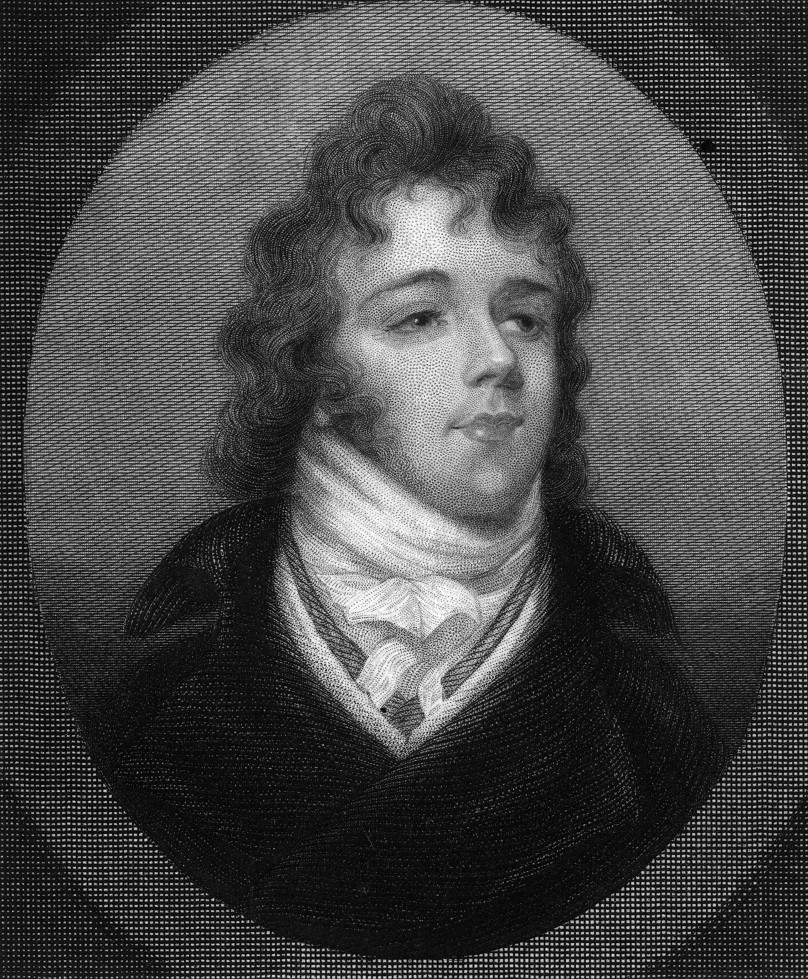
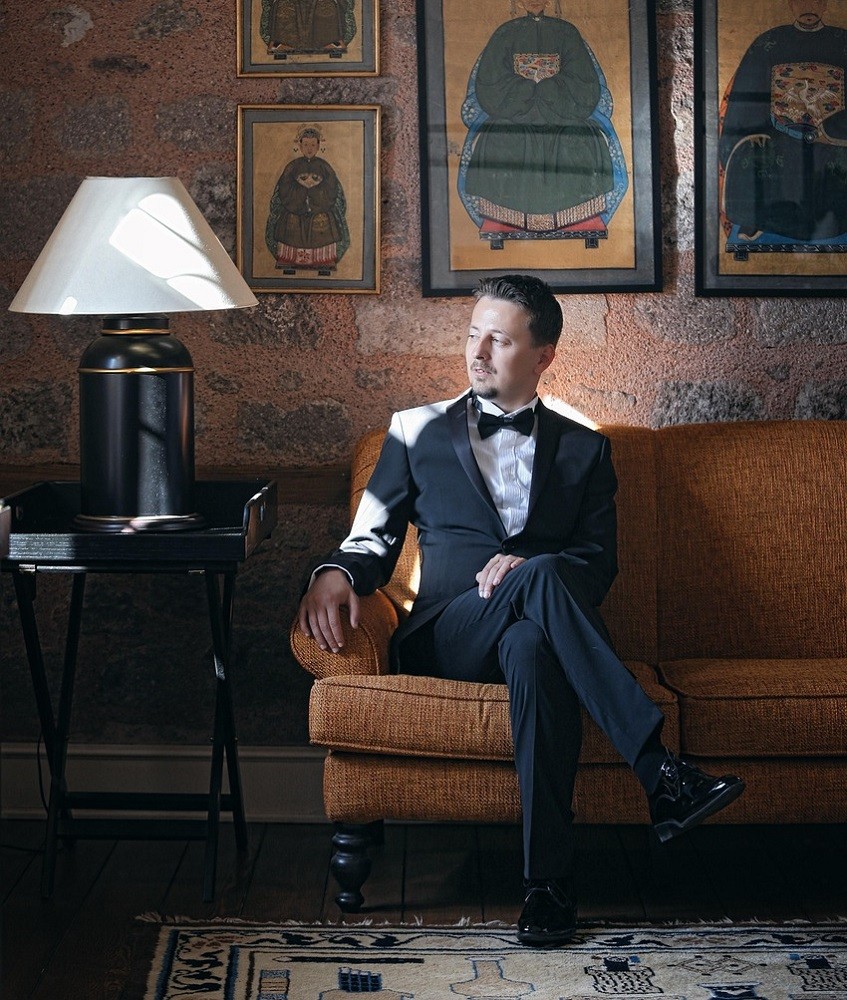
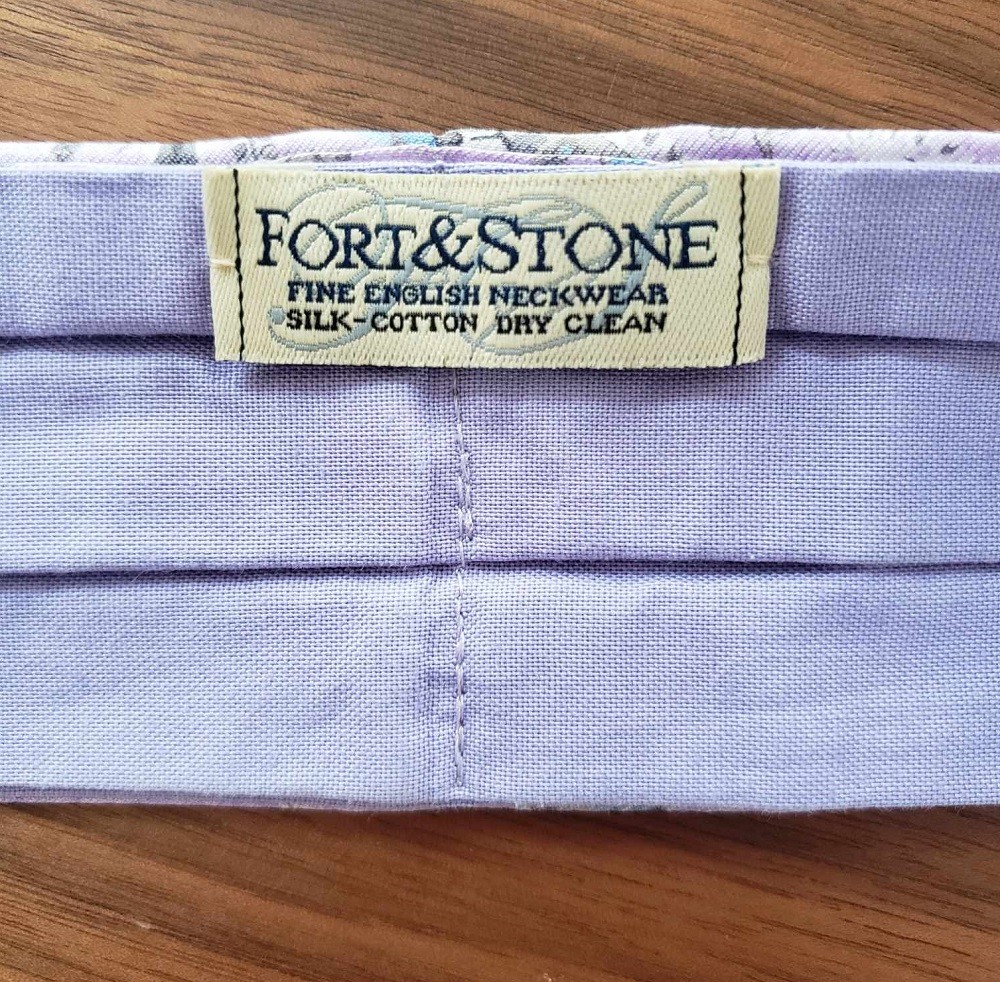

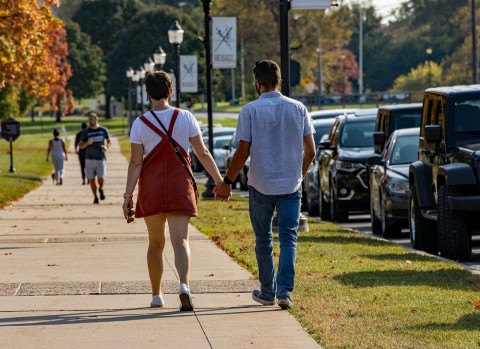
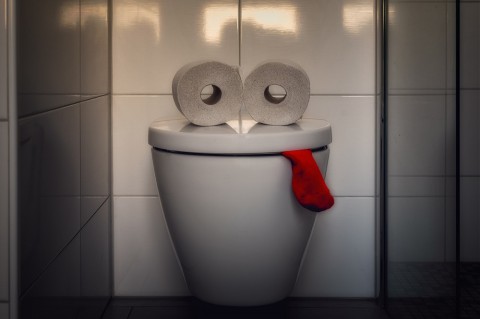
Comments